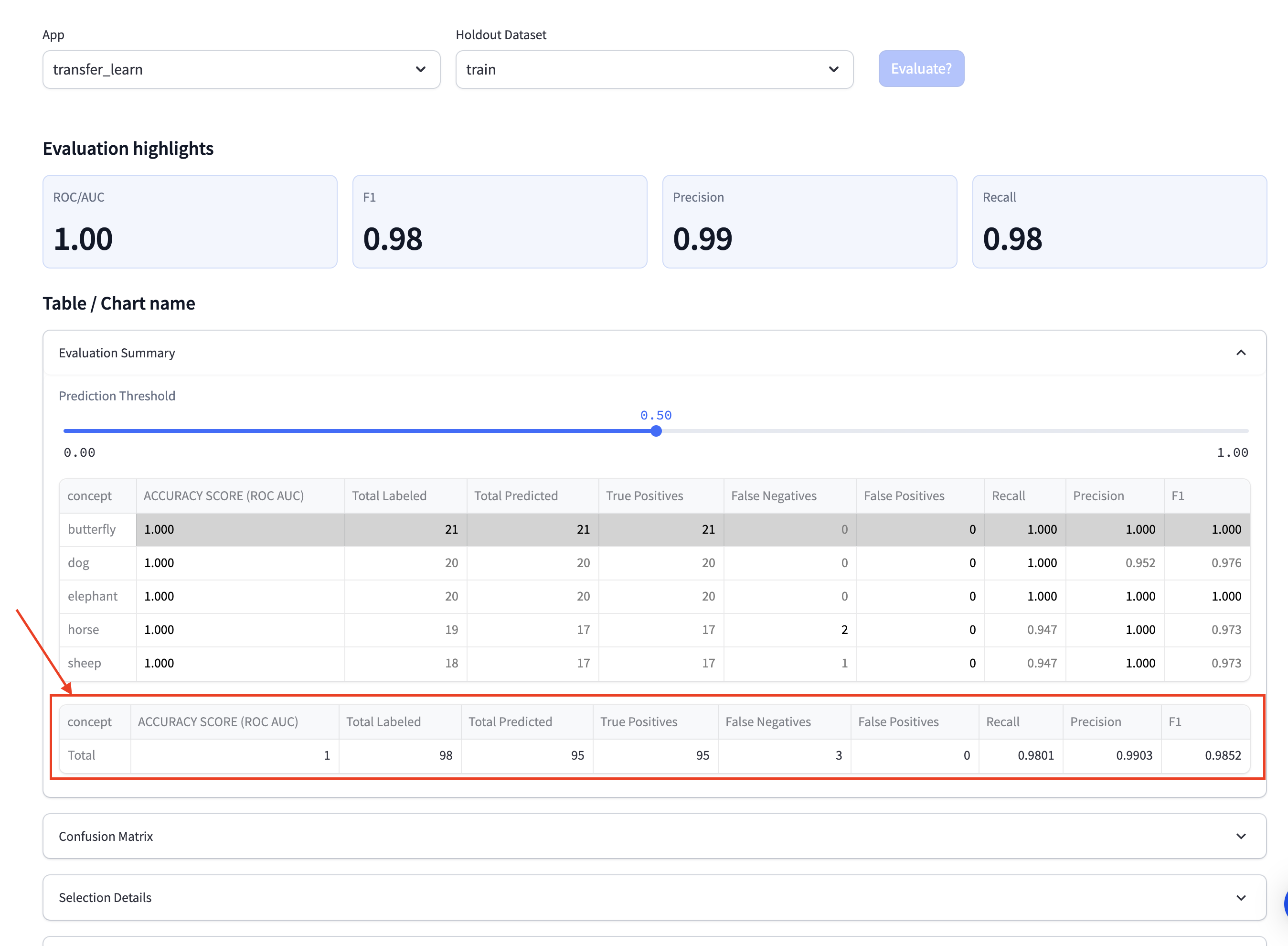
Clarifai: Complete Buyer's Guide
Enterprise-grade computer vision platform for ecommerce
Clarifai positions itself as an enterprise-grade computer vision platform specifically designed for ecommerce businesses seeking to automate visual data processing without cloud vendor lock-in. Founded in 2013, the company specializes in deep learning models for image recognition, content moderation, and visual search applications[40][43][45].
Market Position & Maturity
Market Standing
Clarifai occupies a specialized position in the computer vision market, targeting the middle ground between generic cloud APIs and highly specialized retail platforms. Founded in 2013, the company has established documented customer success across Fortune 100 retailers and peer-to-peer marketplaces, demonstrating operational maturity and enterprise-grade capabilities[49][58].
Company Maturity
Business maturity indicators include established enterprise customer relationships, with implementations spanning Fortune 100 home improvement retailers, peer-to-peer fashion platforms, and automotive marketplace operators like AutosnapLive[42][49][58].
Strategic Partnerships
Strategic partnerships and ecosystem positioning include integration capabilities with third-party models from OpenAI and Anthropic, providing flexibility beyond proprietary-only approaches[44][53].
Longevity Assessment
Long-term viability assessment shows positive indicators through continued customer success documentation, ongoing product development with 2024 platform releases, and established enterprise relationships. However, organizations must evaluate vendor dependency risks, as implementation success depends on sustained technical partnership and ongoing ML engineering investment[38][43].
Proof of Capabilities
Customer Evidence
Fortune 100 retail implementations provide concrete evidence of Clarifai's enterprise capabilities. A Fortune 100 home improvement retailer documented 3x higher visual search accuracy compared to in-house models, achieving 12% bounce rate reduction and projected 2% revenue increases through snap-and-search functionality implementation[49].
Quantified Outcomes
This customer reduced manual tagging costs from $2.50 per product to $0.10 through AI automation, demonstrating measurable operational transformation[52].
AI Technology
Clarifai's AI technology core centers on deep learning models optimized for visual recognition, classification, object detection, and similarity matching. The platform processes images through proprietary neural networks specifically trained for ecommerce applications, delivering 3x higher visual search accuracy compared to generic in-house models in documented Fortune 100 retail implementations[49].
Architecture
The platform's architecture differentiates through its 2024 Compute Orchestration system, enabling unified deployment across SaaS, private VPC, and on-premises environments. Unlike cloud-only competitors, this hybrid approach addresses data sovereignty concerns while enabling GPU fractioning for cost optimization[45][53].
Primary Competitors
Clarifai's primary competitors include Google Vision API, AWS Rekognition, Vue.ai, and ViSenze, each serving different segments of the computer vision market.
Competitive Advantages
Competitive advantages center on hybrid deployment flexibility unavailable in pure cloud solutions, transparent pricing structure versus enterprise competitors' opaque models, and retail specialization providing targeted accuracy improvements over general-purpose APIs. Documented 98% luxury brand detection rates and 3x visual search accuracy improvements demonstrate specialized optimization[44][49][50][56][58].
Key Features

Pros & Cons
Use Cases
Integrations
Pricing
Featured In Articles
Comprehensive analysis of Image Recognition for Ecommerce for Ecommerce businesses and online retailers. Expert evaluation of features, pricing, and implementation.
How We Researched This Guide
About This Guide: This comprehensive analysis is based on extensive competitive intelligence and real-world implementation data from leading AI vendors. StayModern updates this guide quarterly to reflect market developments and vendor performance changes.
58+ verified sources per analysis including official documentation, customer reviews, analyst reports, and industry publications.
- • Vendor documentation & whitepapers
- • Customer testimonials & case studies
- • Third-party analyst assessments
- • Industry benchmarking reports
Standardized assessment framework across 8 key dimensions for objective comparison.
- • Technology capabilities & architecture
- • Market position & customer evidence
- • Implementation experience & support
- • Pricing value & competitive position
Research is refreshed every 90 days to capture market changes and new vendor capabilities.
- • New product releases & features
- • Market positioning changes
- • Customer feedback integration
- • Competitive landscape shifts
Every claim is source-linked with direct citations to original materials for verification.
- • Clickable citation links
- • Original source attribution
- • Date stamps for currency
- • Quality score validation
Analysis follows systematic research protocols with consistent evaluation frameworks.
- • Standardized assessment criteria
- • Multi-source verification process
- • Consistent evaluation methodology
- • Quality assurance protocols
Buyer-focused analysis with transparent methodology and factual accuracy commitment.
- • Objective comparative analysis
- • Transparent research methodology
- • Factual accuracy commitment
- • Continuous quality improvement
Quality Commitment: If you find any inaccuracies in our analysis on this page, please contact us at research@staymodern.ai. We're committed to maintaining the highest standards of research integrity and will investigate and correct any issues promptly.